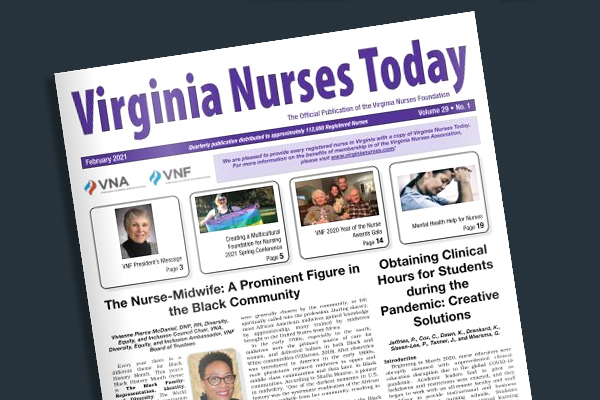Beginning in March 2020, nurse educators were abruptly slammed with unprecedented clinical education disruption due to the global COVID-19 pandemic. Academic leaders had to pivot as lockdowns and restrictions were enacted, and they began to work with an all-remote faculty and staff workforce to provide instructional and business continuity in our nursing schools. Students were rapidly required to move to virtual learning platforms, foregoing the face-to-face instruction they had originally expected when applying to nursing school.
Preparing nurses for the workforce could not be more important than it is today with the many factors facing the nursing profession. Issues such as the nursing shortage, which were worrying pre-pandemic, have been exacerbated due to stress and burnout from almost a year of front-line nurses working day and night caring for patients in this demanding COVID environment. Nursing students are still being admitted to academic programs, but it is up to nurse educators to provide instructional continuity in the face of challenging COVID restrictions. The goal is for nursing students to progress and successfully complete their education so the workforce pipeline can continue.
How have nurse educators pivoted and created new clinical experiences during these unprecedented times? What out-of-the-box thinking has been done to create new, meaningful learning experiences to provide high quality education for our students so they are prepared to transition to practice? At the George Washington University School of Nursing (GW Nursing), our faculty members have created many different learning experiences and have been creative with clinical-hour allocation to ensure academic progression. We will detail the opportunities confronted and exemplars we developed, as we recount how GWU SON addressed the challenges of providing clinical education and maintaining program continuity at our school in the age of COVID.


